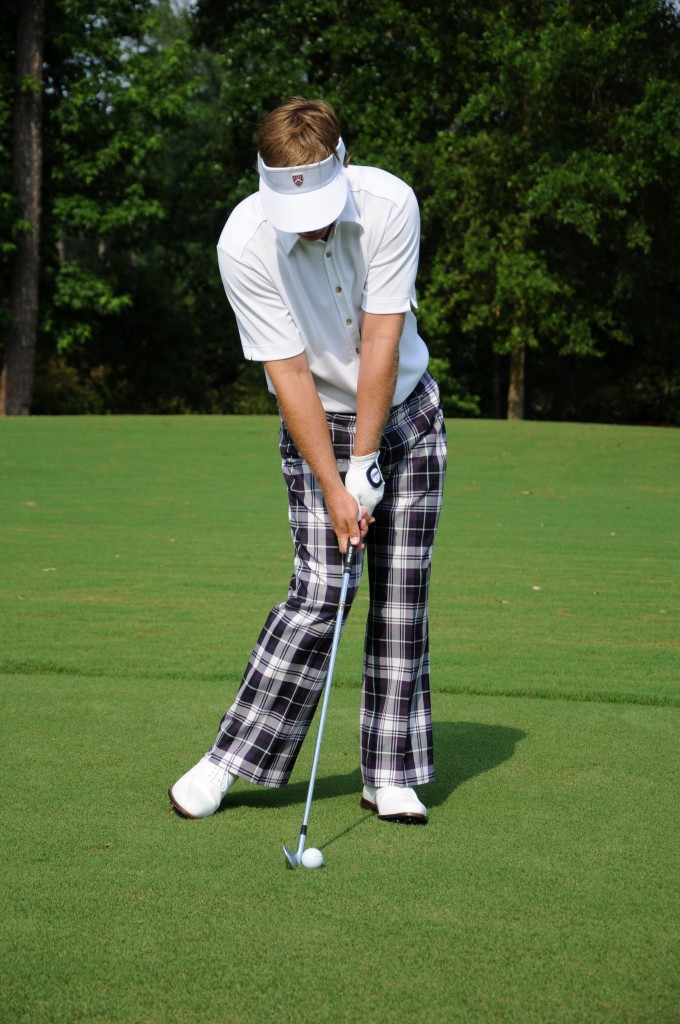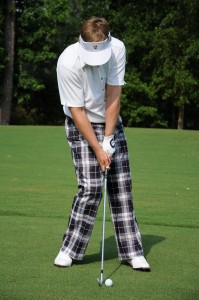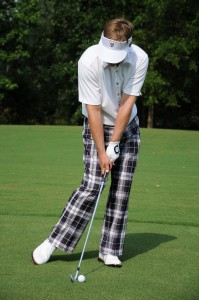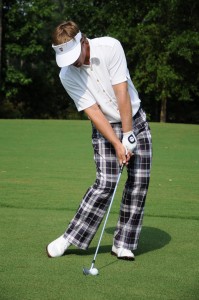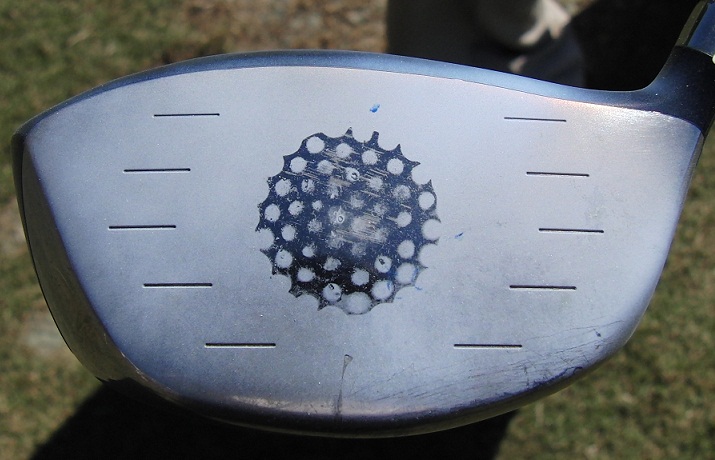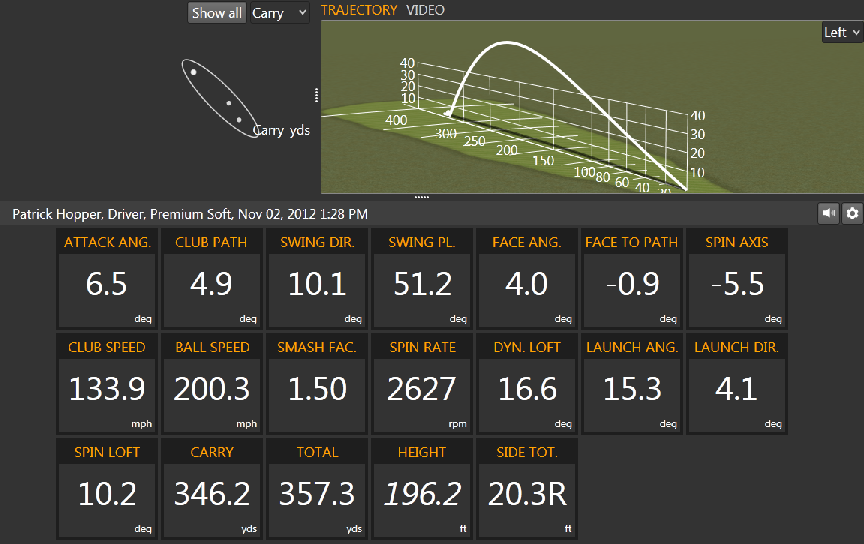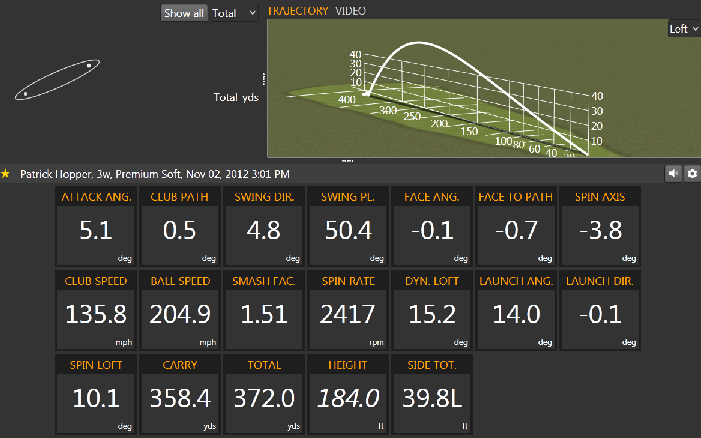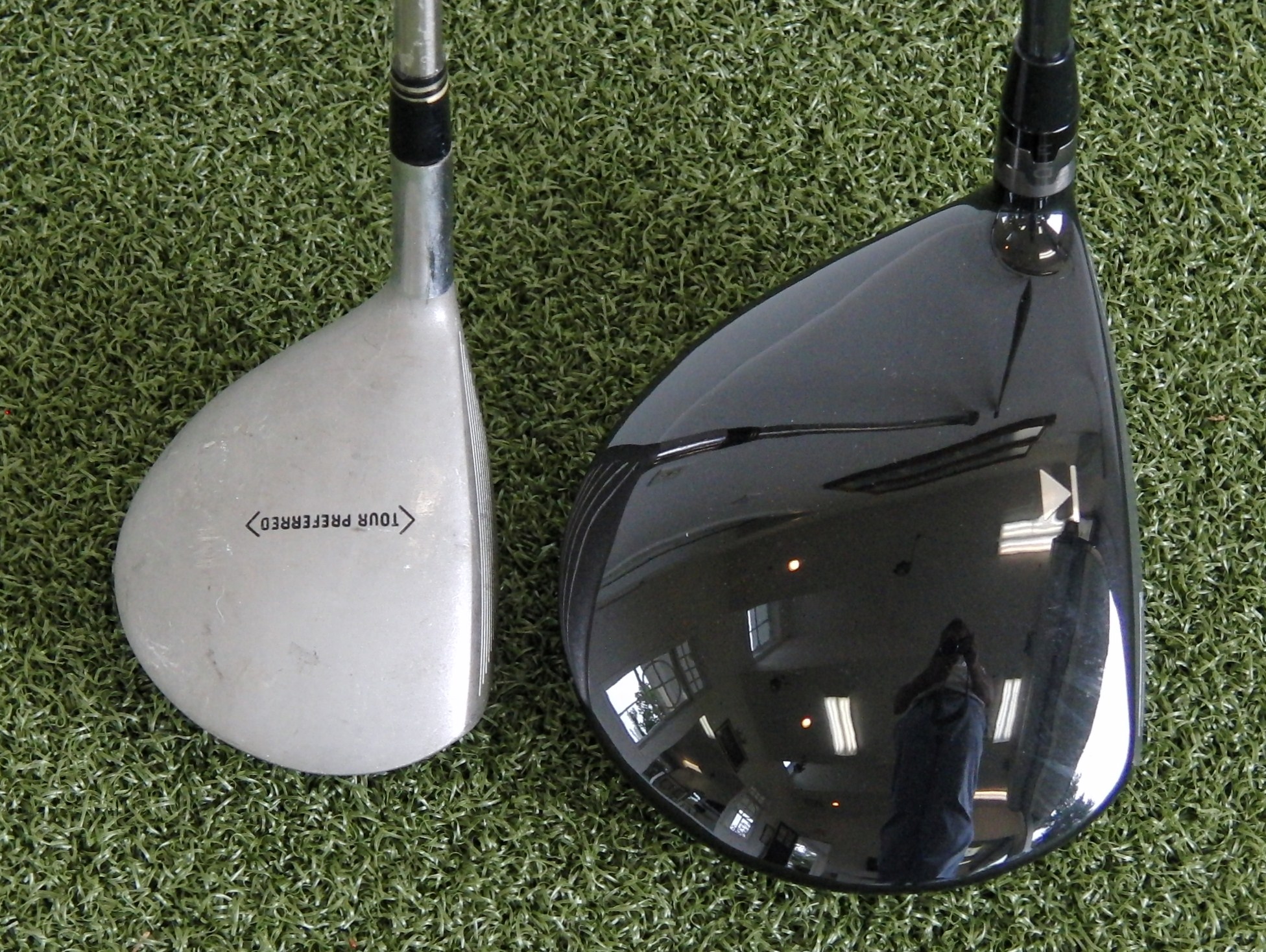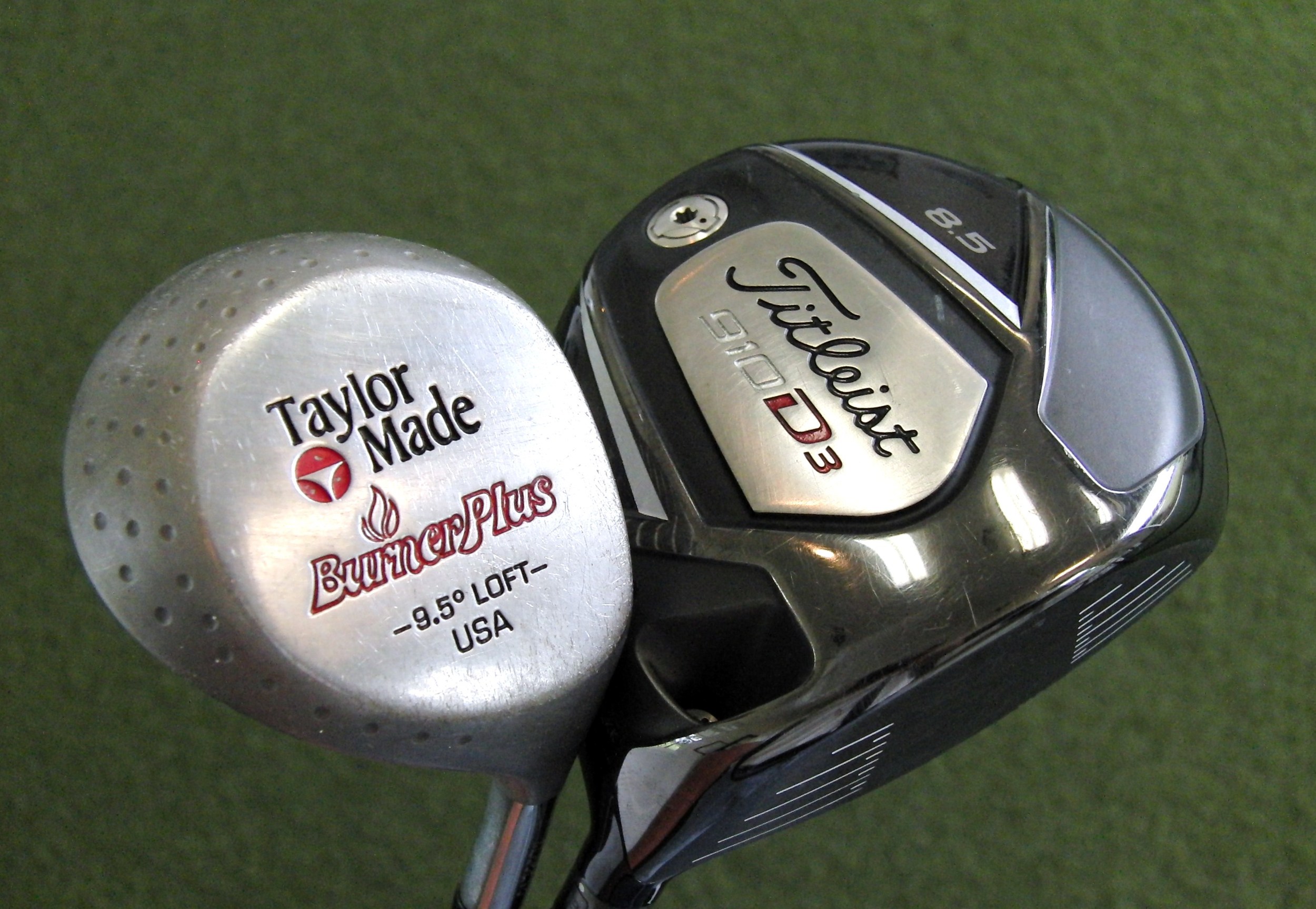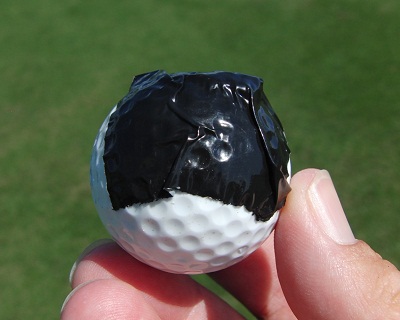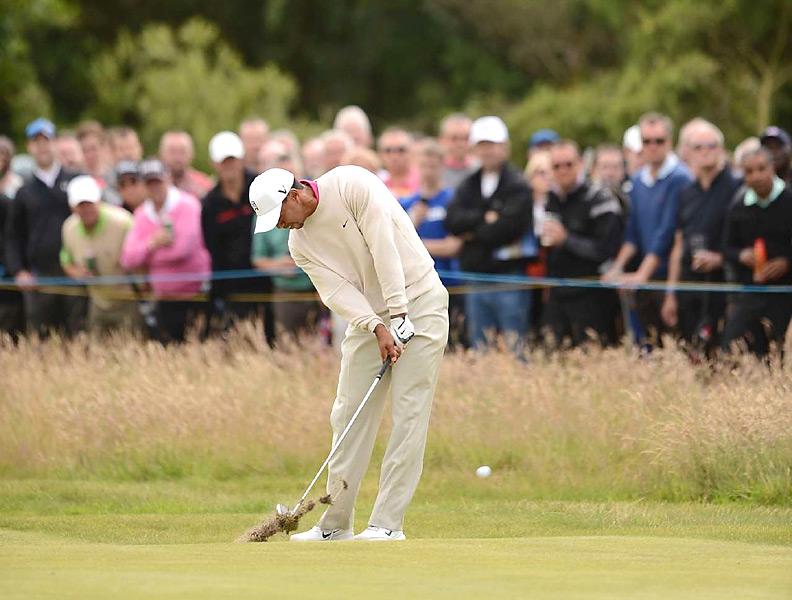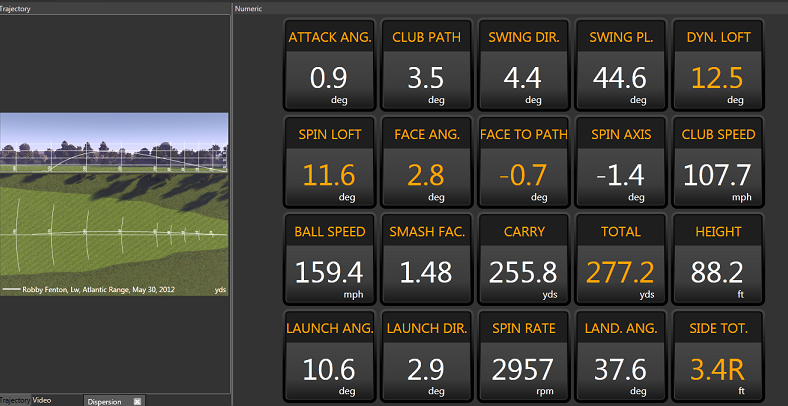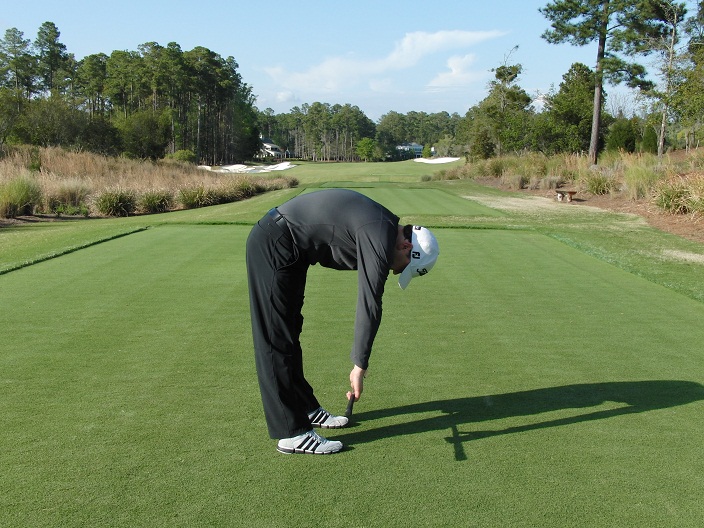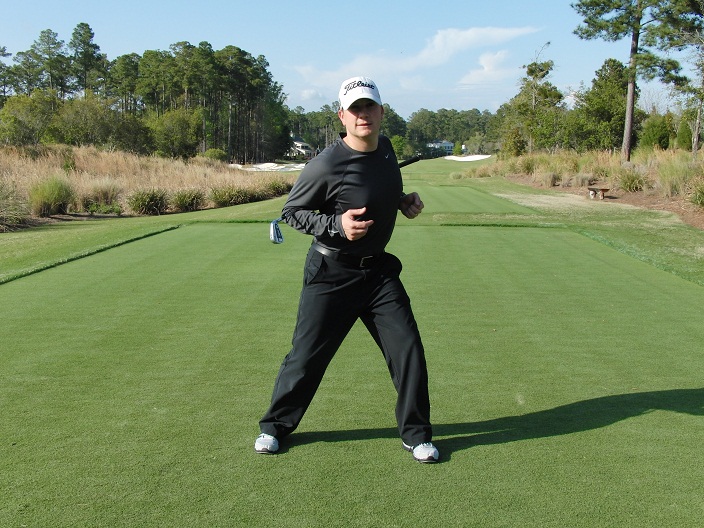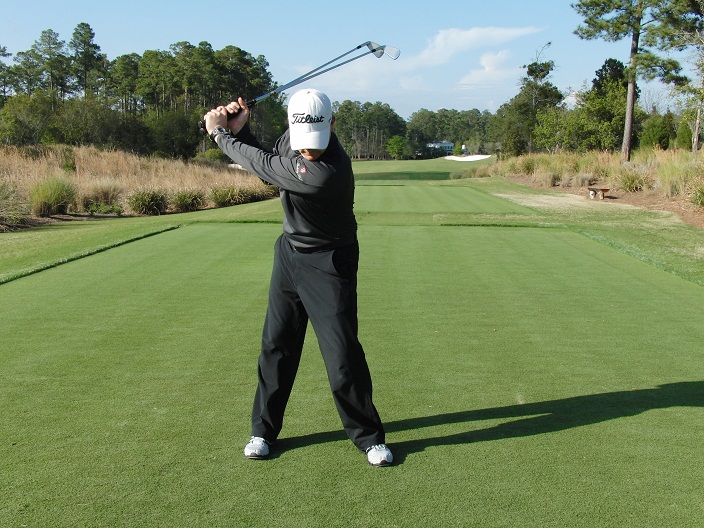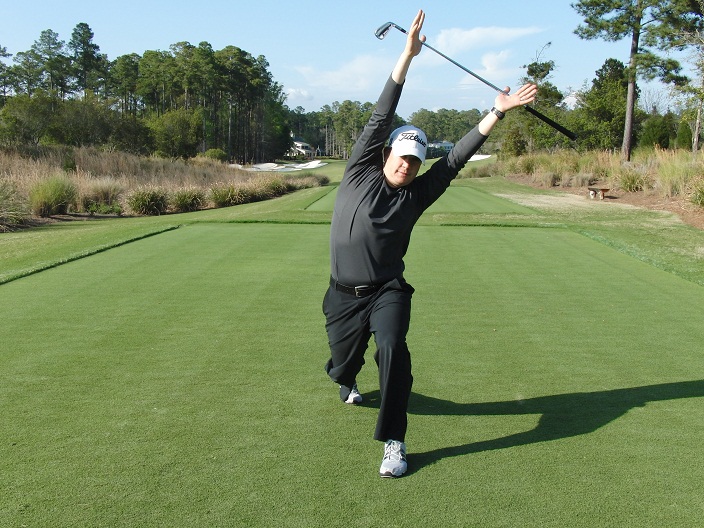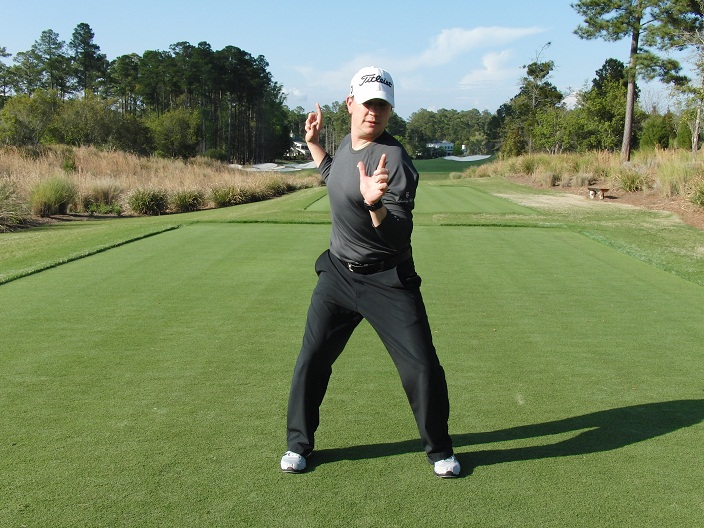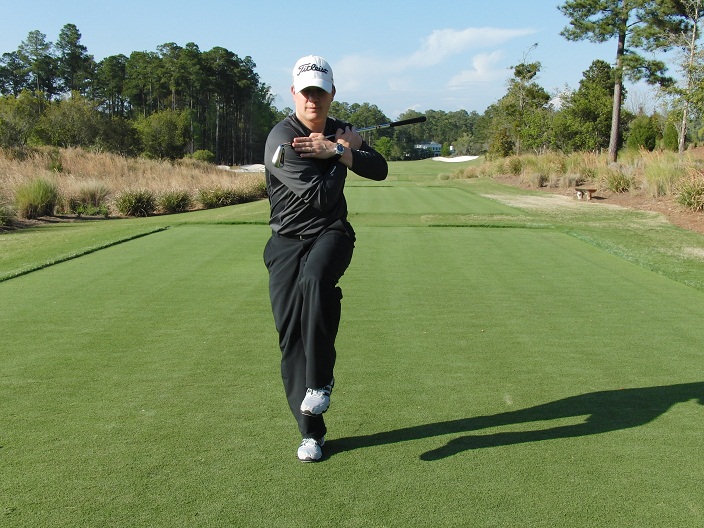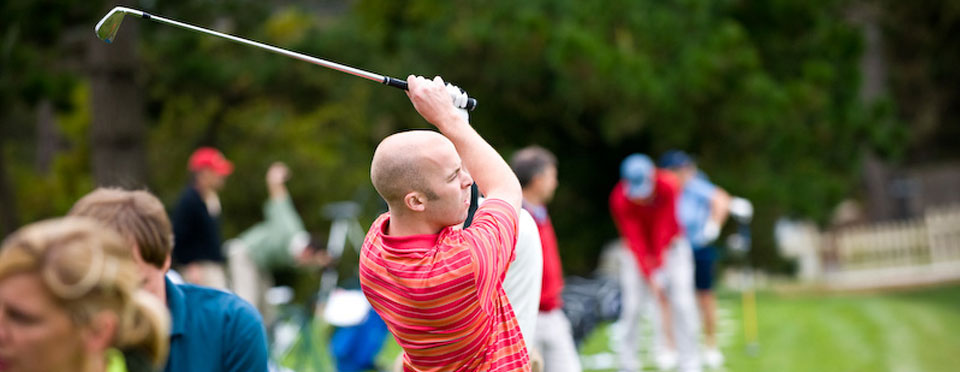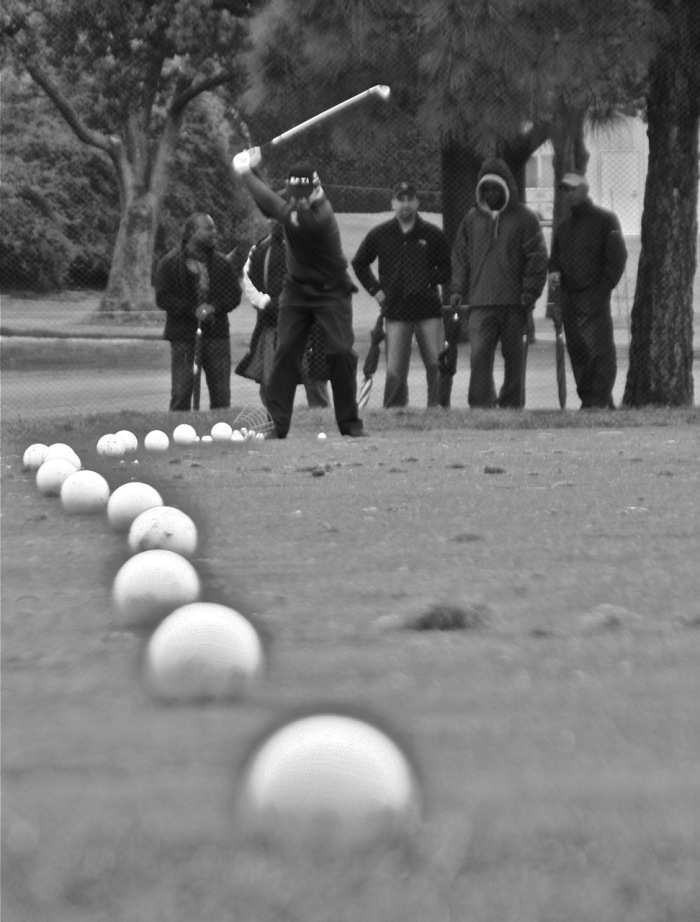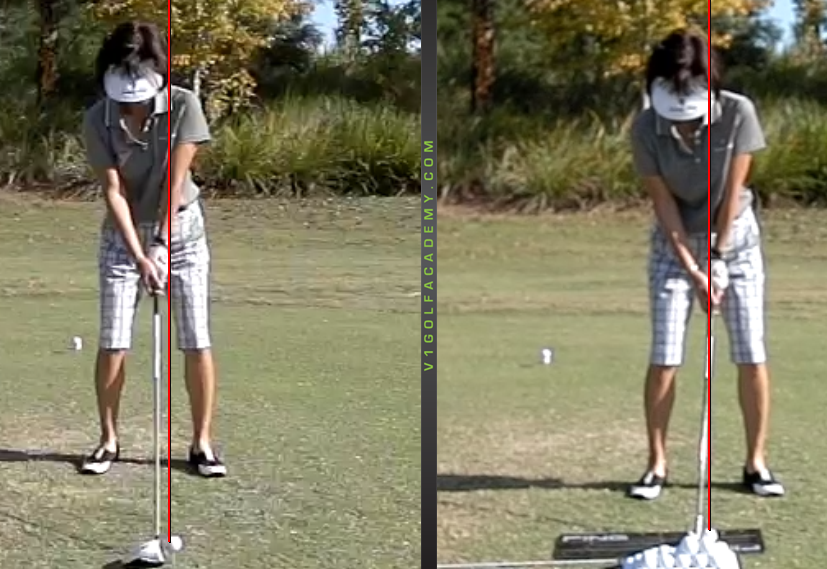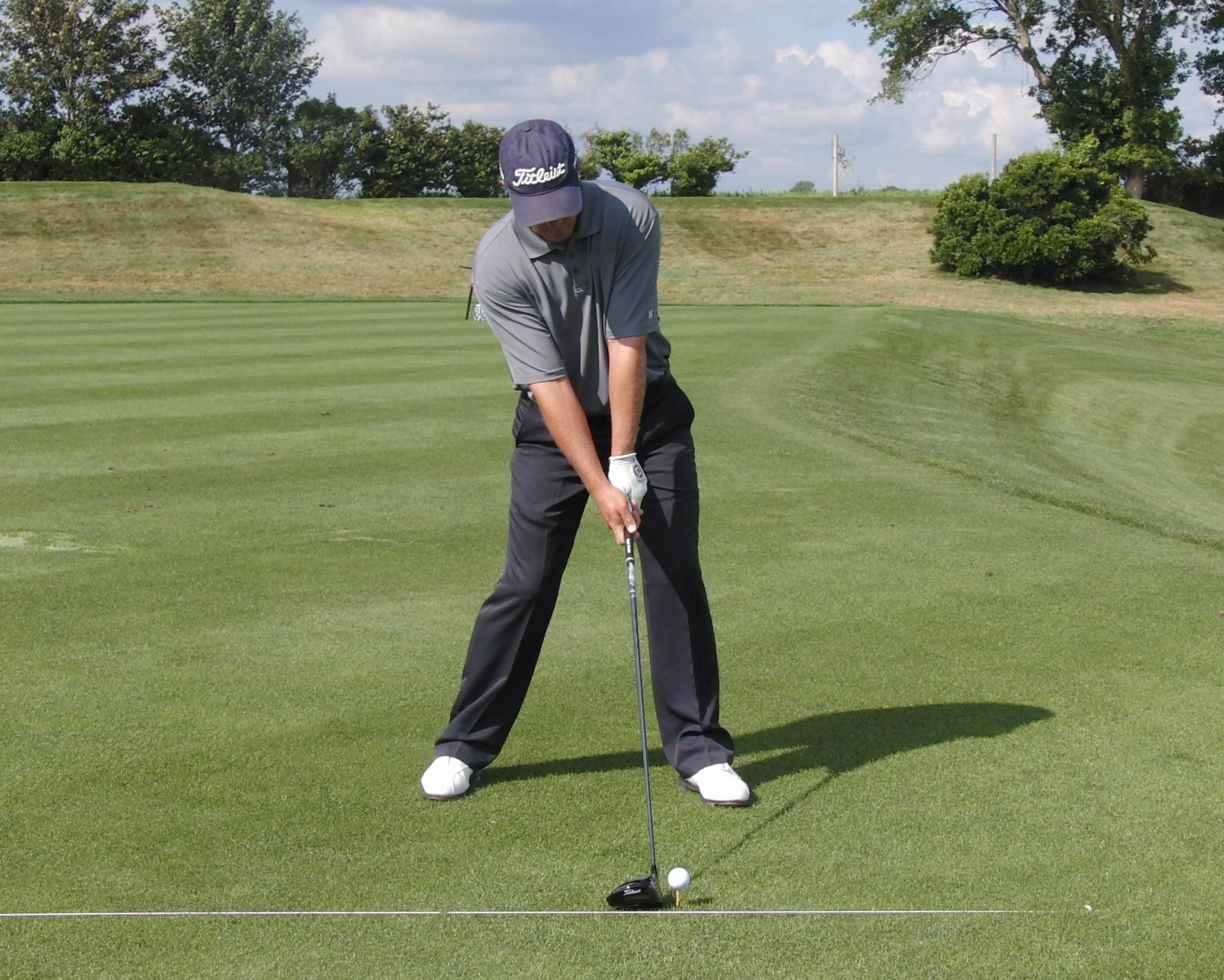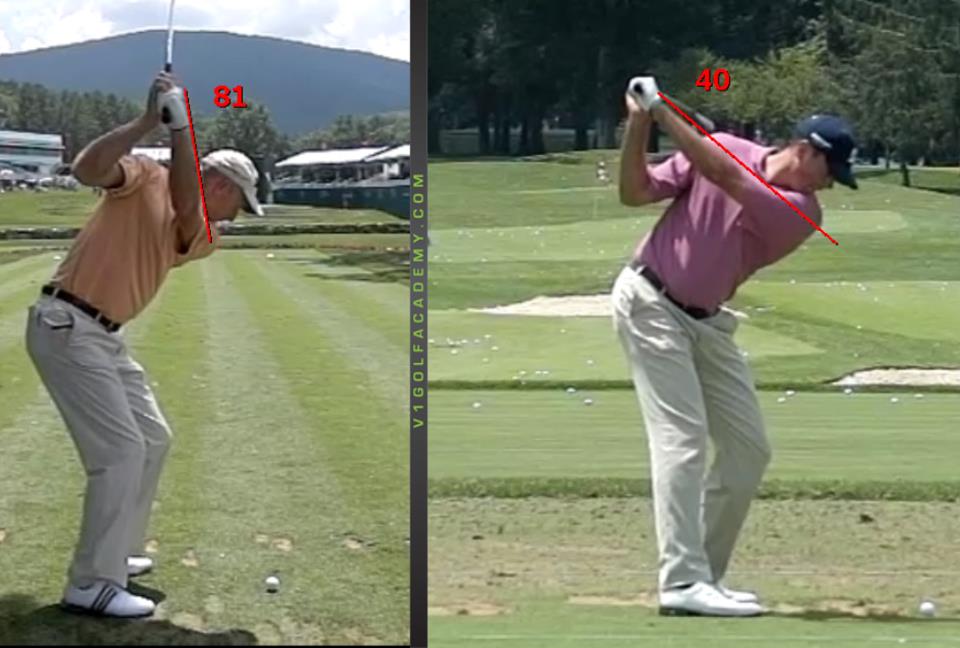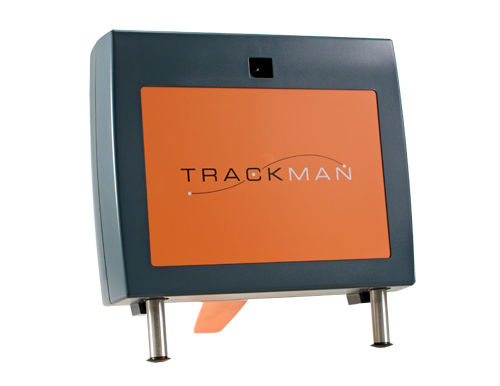As a golf instructor or club fitter you have always wanted the best for your business and clientele. You have always wanted TrackMan as part of what you offer and you have decided to make the financial commitment. Congratulations - you are now a TrackMan owner. Yet, there are bills to pay, golfers to cater to and nobody is aware that you have just made a significant upgrade in what your clients experience when they come to you. Now what? How can you set out to recoup this major cash outlay?
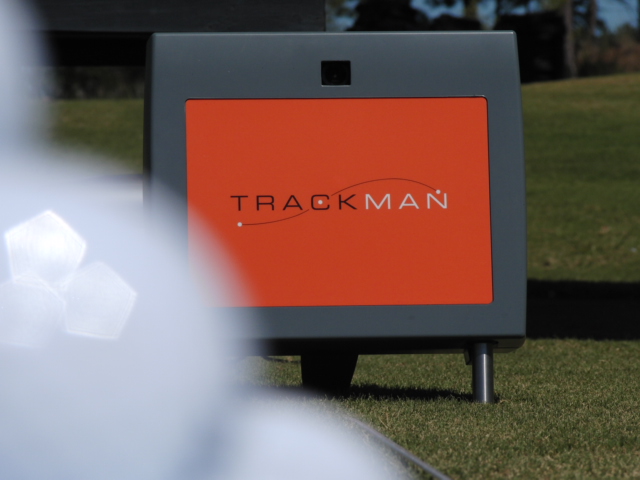
I have a plan! A plan for all new TrackMan owners to not only recoup the cost of their new technology, but to greatly increase their business and market share. My plan involves running 3 TrackMan themed events where you use the unit in different ways to attract a new and varied customer base. Each event is themed towards either, instruction, club fitting or longer term coaching. It is this new customer base that will make others aware of what you offer and essentially fund your new purchase.
Event 1 (Instruction) - Can You Get Better In 20 Minutes?
The purpose of this event is to get the word out and notify as many local golfers as possible that they have access to this new technology. The shorter time frame allows all golfers to afford their time with you, while giving them a taste of what TrackMan can do for their game. My experience shows that a teacher can comfortably work 20 golfers into the schedule for this type of day. All golfers are looking to hit the ball longer and this format appeals to that motivation.
For this event you offer golfers the ability to come out and spend 20 minutes with you using Trackman. The focus should be primarily on distance, but could easily shift to accuracy should certain golfers be long enough or efficient enough already. I had the most success when I titled my event, "Gain 10 yards or It's Free!" Each golfer brings a 7-iron and a driver and the catch is that if they don't get longer or straighter in 20 minutes they don't have to pay! There is enough time for each person to hit a few shots and for you to get a feel for their strengths and weaknesses. Offer drills and changes (hitting more up with the driver, straighten out the club path etc.), record the data and compare the averages from before and after. Upload a TPS report for each person and be sure to send them a thank-you email after the event with a few video drills and a certificate for a discount off their next private session with you.
Read the article regarding my experience HERE
Print the Reservation Sheet HERE
With this event you have the potential to generate $1000 per day and share your technology with over 20 new customers.

Event 2 (Club Fitting) - Fifteen Minute Driver Fitting
The purpose of this event is to expose golfers to what you can offer them in regard to club, and particularly, driver fitting. Most golfers have heard about driver fitting, but very few have ever had access to the type of data that TrackMan presents. Once again this event channels into the motivation so many golfers have to get longer.
For this day you would need as many drivers/shaft combinations at your disposal as possible. Golfers would sign up for a fifteen minute fitting where they bring the driver they currently use. Have the golfer hit five to eight shots, deleting any poor or extreme outliers, and evaluate their data with them. Build a driver for them that would improve either launch conditions, spin rate or swing speed (lighter) and have them give it a try. Provide each participant with an informational card showing their current club speed, ball speed, launch angle, spin rate and also what they should optimally look for in each of those categories. Be sure to collect all participants' email addresses so you can upload a TPS report for them. As a follow up, offer each golfer a pre-arranged discount on a driver from the club manufacturer you are affiliated with and include a coupon for a future lesson.
Print the Driver Fitting Card HERE
Print the Reservation Sheet HERE
With this event you have the potential to generate $500 (not including any equipment sales) per day and reach more than 32 golfers.

Event 3 (Coaching) - TrackMan Combine Session
The more I have my students use the combine the more I realize what a fantastic barometer it really is. The purpose of this type of TrackMan event is to illustrate how your new technology can assist serious golfers in making long term improvements. This event will will help your clients understand what it takes to get better and how you, as a coach, can help them along that journey. Invite golfers to participate in an early and late season TrackMan combine session. Charge one fee and stress the importance of attending both combine days. Offer two different days in order to give students an option as to when they might be able to come out and take the test. Explain how the timing of the two combine sessions (early season vs. late season) will give them the entire season to work towards improvement.
Analyze each players results following the test and send them the combine report. As you follow up with each participant be sure to map out attainable goals for them and what you believe they have the potential to score on the final combine. Offer a series or package of lessons that are focused on helping them upgrade their weaknesses and ultimately improving their golf. A good idea is to mention that if they sign up for a series of lessons they will receive the final combine session for free.
Print the Reservation Sheet HERE
With this event you have the potential to generate $1000 and share your skills with up to 10 very serious new clients.
If you run each of the above mentioned events twice per year for three years you will generate a total of $15,000 and cover a large portion of your financial outlay - and that is without a single student returning for more!
Please keep in mind that every TrackMan owner will find themselves in a unique situation regarding the people they can and cannot teach and how they can market to potential students. I teach at two world class private courses - one with 650 members where I have the ability to teach both members and non-members and the other with 200 members where outside teaching is not encouraged. Obviously if you are in a situation where you are at a public facility, resort, golf academy or smaller private facility your potential number of students in each of the events will vary.
Regarding the dollar amount that you charge for each of the events - the amounts I have listed are simply suggestions. Keep in mind that all of these events are primarily for marketing purposes and should not provide the "backbone" of your TrackMan business. They are positioned to get the word out that you now offer this amazing technology.
It has been noted that each event is billed at a different hourly rate with the first event being billed at $150 per hour, the second at $80 per hour and the combine event at $50 per hour. My reasoning is as follows:
- For the first event there is the potential that you may have students who do not need to pay the lesson fee and the hourly rate has been raised accordingly.
- Being a coach and not primarily a club fitter I run the second event to maintain a positive relationship between myself and the club I work for. I have found that half of all the people who participate purchase a new driver which helps the golf professional and the club manufacturer that I am affiliated with....along with now being aware of what I can offer them.
- The combine event is operated solely with the goal of attracting the better, more serious golfer and the objective is to sign each participant to a series of lessons. The series of lessons I offer each student is valued at either $750 or $1000 and I have experienced an 80% conversion rate.
A word on marketing - use every available venue open to you to inform every single golfer in your town or city that you have a TrackMan. Be aggressive and remember that the more frequently golfers hear about your new product the more likely they will be to come out and see what it's all about.
I have not raised my pricing due to owning a TrackMan. With the current state of the global economy I have not been as booked as I would like and feel that I need to increase my lesson base before raising prices. I believe that purchasing a TrackMan unit has communicated to my current and future students that I am very serious about providing them with the best learning experience I possibly can.
I often get asked, "How much have revenue have you generated from TrackMan?" This is a very difficult question to answer and that is why you will not find any data providing answers. Coaches and fitters who purchase a TrackMan tend to be leaders and their business is continually growing. As a result it's very difficult to put a finger on TrackMan and say that the technology added x or y to the bottom line. I do know that it has not only taught me a tremendous amount about teaching, but also how to be a better promoter and marketer.
Regarding the above events - please do not view them as a big money maker. While you will earn a decent wage for each of them the primary purpose is to convert each of these new clients into a regular lesson taking student - take advantage of your time with each of them and let them know how much you, and TrackMan, can help them.
TrackMan is a fantastic teaching tool and with a little marketing savvy it can, and should be part of what every quality instructor, fitter and coach offers to their clientele.
